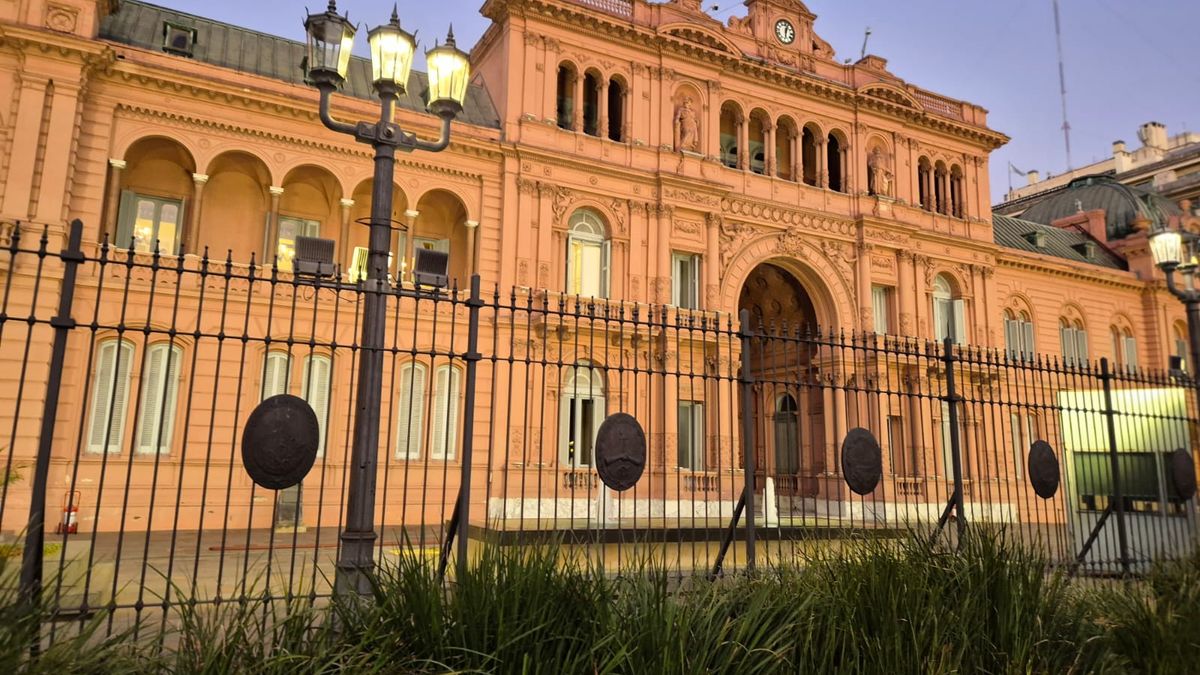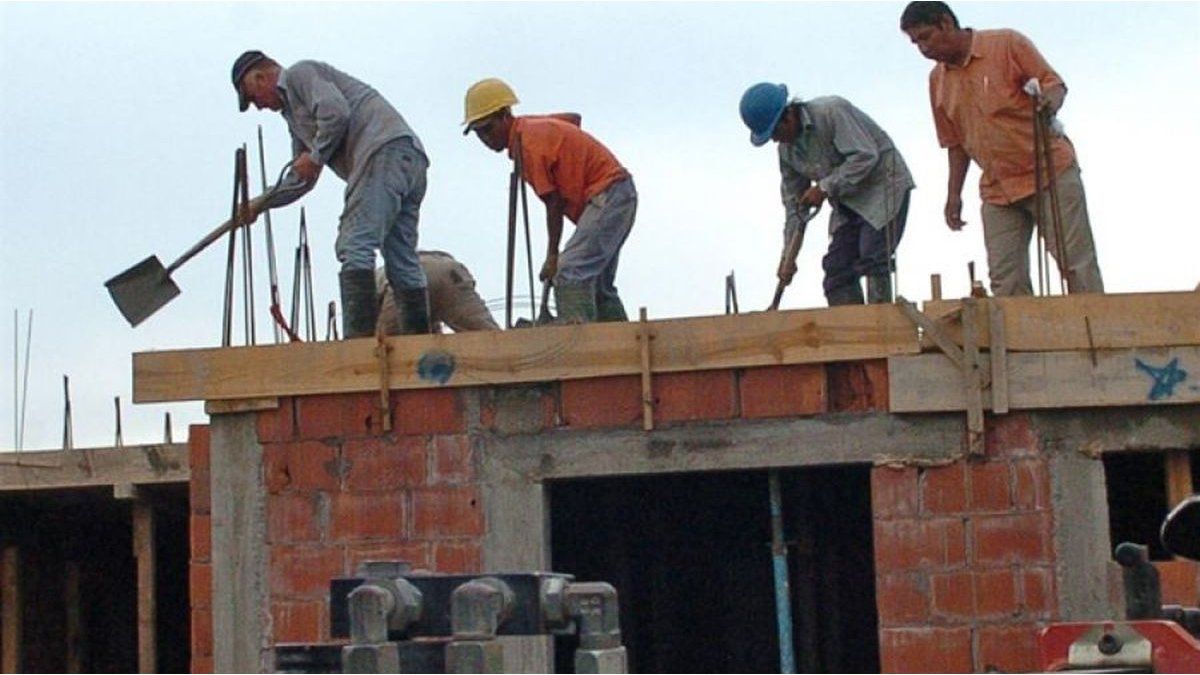Public employment: large regional gaps
The National Directorate of Provincial Affairs (DNAP) estimated that, by December 2024, the country had an average of 50 provincial public employees per 1,000 inhabitants. However, behind that figure hide marked disparities.
Land of Fire tops the ranking with 130 employees per 1,000 inhabitantsfollowed by La Rioja (114), Catamarca (106), Neuquen (105) and Holy Cross (104). At the other end are Cordoba (33), Buenos Aires (37), Santa Fe (42) and Mendoza (44)where state employment has a significantly lower weight.
In this way, the provinces with the greatest presence of the State as an employer triple or quadruple the number of public workers per inhabitant compared to jurisdictions more oriented to the private sector.
The causes are both structural and political. Ecosur explains that “the divergences are due, on the one hand, to factors such as population density or the productive structure, and on the other, to public policy decisions adopted over time.”
Salaries and personnel spending: an even deeper gap
The differences are not only observed in the number of employees, but also in the spending levels and salaries in the public sector. During 2024, Neuquén, Tierra del Fuego and Santa Cruz led the ranking of personnel spending per capita, while Buenos Aires, Mendoza, Santiago del Estero and Córdoba They were among those with the lowest expenditure per inhabitant.
The distance between both extremes is notable: the provinces with the lowest spending allocated less than one million pesos per year per inhabitantwhile the Patagonian tripled or exceeded that figure.
Based on the total expenditure and the number of employees, Ecosur calculated the average labor cost of each provincial administration. Although the values include employer contributions and other concepts that prevent them from being directly equated with salaries, they offer a valid estimate of the average income in state employment.
From this analysis it appears that Neuquén and Santa Cruz are the provinces with the highest labor costs, with an average monthly expense of $3.1 million and $2.8 million per employee, respectively. Behind are the City of Buenos Aires ($2.3 million), Chubut ($2.2 million) and Tierra del Fuego ($2.2 million).
Screenshot 2025-10-19 142433
Map of public employment by province
“Neuquén, Tierra del Fuego and Santa Cruz combine a high labor cost with a high number of personnel per inhabitant, which positions them among the provinces with greater public spending relative to its population”Ecosur highlighted.
At the far end, La Rioja ($1.1 million), Jujuy ($1.2 million), San Luis ($1.3 million) and Santiago del Estero ($1.4 million) show the lowest labor costs in the country.
“All of these provinces have a proportion of public employment above the national average, but with significantly lower salaries. La Rioja and Jujuy stand out, occupying second and seventh place among the provinces with the most public employees per inhabitant,” the report stated.
The growth of public employment
Provincial public employment showed a trend of sustained but moderate growth in the last decade. Since 2012, the number of workers in the sector has increased at an average annual rate of 1.2%, just above population growth (0.9%).
The panorama was different at the national level, where the evolution of state employment was more conditioned by political decisions.
During the second presidency of Cristina Fernández de Kirchnerthe number of national employees increased by 34%. Under the management of Mauricio Macrithe squad was reduced by 10%; with Alberto Fernandezreturned to grow 4%; and during the government of Javier Milei, contracted 16%.
Although the volume of provincial employment did not change substantially with the political cycles, the personnel expenditure It did accompany the oscillations of the national public sector.
In real terms, spending reached its highest point during Cristina Fernández de Kirchner’s second term, with a cumulative growth of 20%. Then it advanced 4% under Alberto Fernández, fell 11% under Mauricio Macri and fell 15% in the first year of Javier Milei’s government, a decline similar to that of the total spending of the provinces.
At the national level, the labor cost remained relatively stable during CFK’s second term, but fell drastically between 2015 and 2020. After the pandemic, he experienced a 32% rebound until December 2023although he returned to decline by 21% during 2024.
At the provincial level, the indicator grew 11% between 2011 and 2015but then entered a downward stage. In December 2024, the average labor cost was 15% lower as of December 2011 in all the provinces, and bottom 40% in the National Administration. This evolution corresponds to the fall of real public sector salaryreflected in the Indec Salary Indexwhich shows a loss of 39% in real terms since 2011, above the fall of the 23% recorded in the formal private salary.
Source: Ambito




